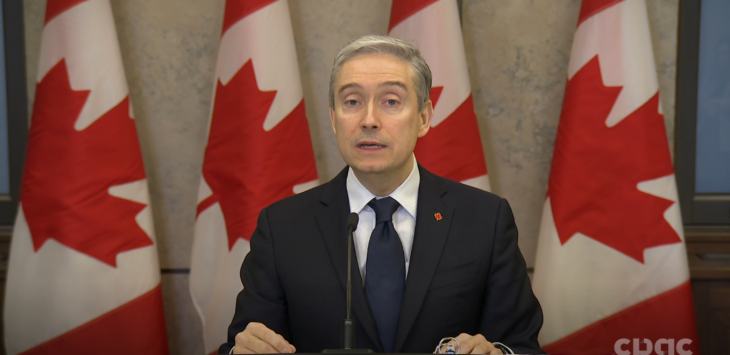
Telecoms note spectrum cap kept prices reasonable
By Ahmad Hathout
OTTAWA – Innovation Canada released the results of the 3.8 GHz spectrum auction Thursday, with Cogeco getting a piece as it prepares mobile wireless market entry and Quebecor capturing a slice for its western Canada push.
Telus took home the largest number of licences with 1430 for a price of $620 million to cover 33 million Canadians. Bell was next with a spend of $518 million for 939 licences with expected population coverage of 34.6 million Canadians. Rogers spent $475 million for 860 licences with expected population coverage of 35 million. Videotron rounded out the big four, spending $299 million for 305 licences for a population coverage of 29 million.
The majority, or 61 per cent, of Videotron’s 3.8 GHz licences are located outside of Quebec, mainly in southern Ontario, Alberta and British Columbia, which aligns with the carrier’s push to capture market share using its Fizz and newly acquired Freedom Mobile brands outside of its home court. The carrier also secured blocks in Manitoba as it gears up for a launch in that province.
The other notable player here is Cogeco, under Elite General Partnership, which is preparing to launch mobile services using the mobile virtual network operator model facilitated by the CRTC’s seven-year framework. The Montreal-based company secured 99 licences in the 3.8 GHz band for $190 million to operate in Quebec and Ontario – including the major metros. That means the company now has spectrum to cover 100 per cent of its Canadian broadband footprint.
Otherwise, the large carriers said in press releases that the spectrum will be key for the rollout of 5G services. Specific mention was made of the reasonable cost to acquire the spectrum, which has long been a complaint of the major carriers.
Instead of setting aside some spectrum to insulate smaller players from the richer carriers, ISED utilized a spectrum cap in this auction, which the carriers said moderated the cost of the licences and aligns Canada with its international peers.
“Declining spectrum prices are essential in supporting the 18.6% year over year decline in wireless prices, significant during this heightened inflationary period,” Telus said in a press release. “In addition, this auction design enabled the provision of enough spectrum to the four national operators at a cost comparable to other jurisdictions. Canada’s average price per MHz-pop was in line with the average rate paid in Australia, of $0.26 per MHz-pop (CAD equivalent).”
The department has put a 100-MHz acquisition cap for at least five years for both the 3.5 and 3.8 GHz bands to provide “the opportunity for smaller and regional competitors to obtain the spectrum they need to compete against larger players.”
Other winners include Eastlink’s Bragg Communications, which is investing $9.9 million for 187 licences covering nearly 3 million people; SaskTel, which will spend $10.2 million to acquire 45 licences to cover just over 1 million people; TBayTel is spending $791,000 to get 26 licences for a population coverage of close to 30,000; Sogetel is spending $4.4 million for 16 licences covering nearly 1.5 million people; and ECOTEL secured 46 licences for $347,000.
The carriers together spent a total of just over $2.1 billion.
Screenshot of Innovation Minister Francois-Philippe Champagne.



